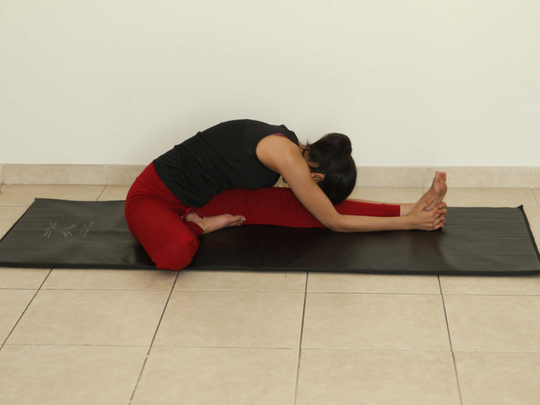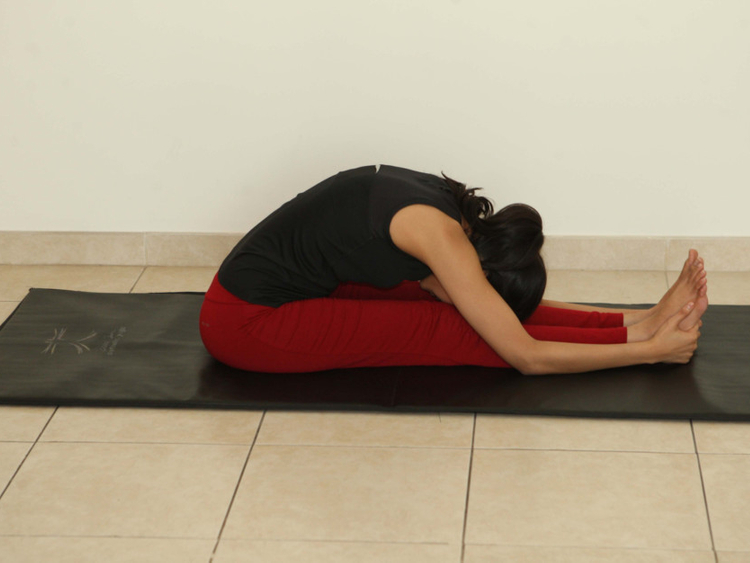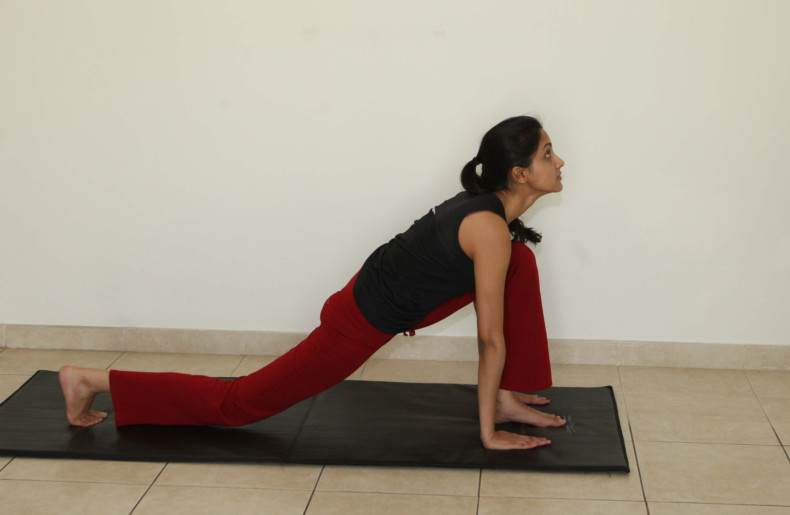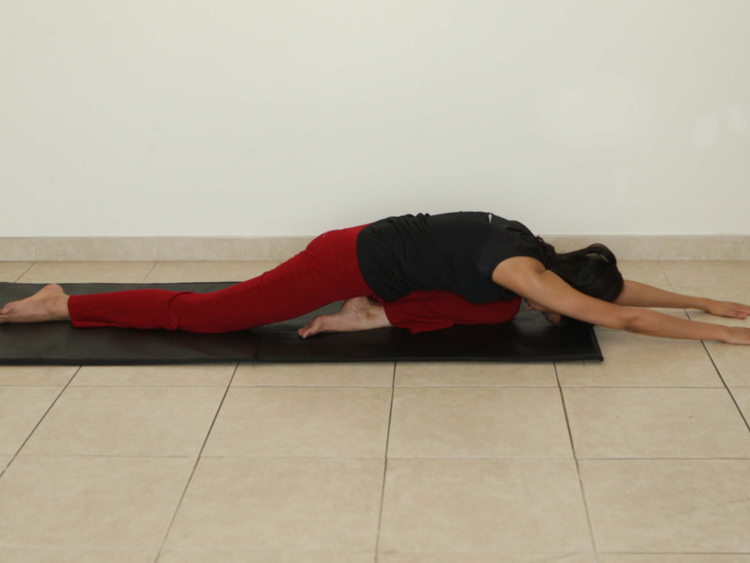
A study has revealed that practising yoga at least 2-3 times a week showed a significant drop in blood pressure when compared to a diet/weight reduction and walking programme.
Yoga and meditation may lower your systolic blood pressure by 5mm of mercury (mm Hg), or more. This is because yoga has relaxation and mindfulness associated to it. The below given exercise can help in lowering blood pressure when practised regularly.
Ujjayi Pranayama
The word “ujjayi” means victorious. It is derived from the root “ji”, which means “to conquer” or “to acquire by conquest”, and the prefix “ud” means “bondage”. Ujjayi is therefore the pranayama (exercise) which gives freedom from bondage.
Technique
Sit in any comfortable position, preferably a meditation asana (posture). Close the eyes and relax the whole body. Take the awareness to the breath in the nostrils and allow the breathing to become calm and rhythmic. After some time, transfer the awareness to the throat.
As the breathing becomes slower and deeper, gently contract the glottis so that a soft snoring sound like the breathing of a sleeping baby is produced in the throat. If this is practised correctly, there will be a simultaneous contraction of the abdomen.
Both inhalation and exhalation should be long, deep and controlled. The sound of the breath should not be very loud. It should just be audible to the practitioner but not to another person unless they are sitting very close. Practise for 10 to 12 minutes.
Benefits
The basic form without breath retention slows down the heart rate and is useful for people suffering from high blood pressure.
Ujjayi is classified as a tranquillising pranayama and it also has a heating effect on the body.
This practice is used in yoga therapy to soothe the nervous system and calm the mind. It has a profoundly relaxing effect at the psychic level.
It helps to relieve insomnia and may be practised in Shavasana (corpse pose) just before sleep.
Ujjayi also alleviates fluid retention.
Ujjayi may be performed in any position, standing, sitting or lying down. Try to relax the face as much as possible. Do not contract the throat too strongly. The contraction should be slight and applied continuously throughout the exercise.
Other techniques such as Sheetali Pranayama (cooling breath), Sheetkari Pranayama (hissing breath), and Bhramari Pranayama (humming breath) are also helpful in managing hypertension. It is best to consult a yoga professional for a suitable regular practise based on your lifestyle and temperament.
PRACTICE OF THE WEEK
Practise the postures listed below to open up the muscles and joints and release stress (in addition to postures listed in October 24 tabloid! issue) before you continue with breathing techniques.
Ashwasanchalanasana
Kapotasana
Janusirasana
Paschimottanasana
Shashankasana
NEXT WEEK: Yoga to manage hypotension
— This is an interactive series, in which we will bring you practical tips
on daily living, inspired by the vision of yoga. Write in to tabloid@gulfnews.com with your questions and doubts regarding enhancing your lifestyle through yoga. For more information, call 800-YOGA (9642) or log on to artisticyoga.com

















